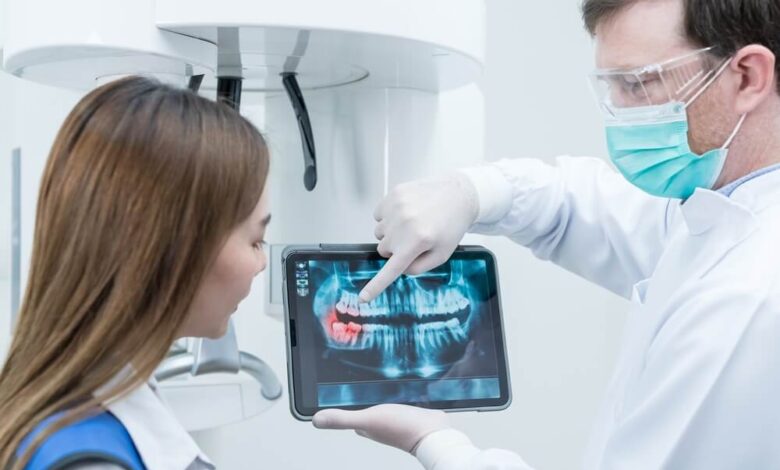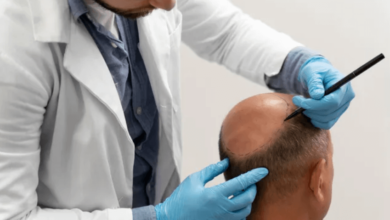Unveiling the Art of Minimalism in Dental Website Design

Introduction: The Rise of Minimalism in Web Design
In recent years, the concept of minimalism has transcended its origins in art and lifestyle, finding a unique place in the digital world. One domain where minimalism is making significant strides is dental website design. As dental practices seek to create an impactful online presence, the minimalist approach offers a blend of aesthetics and functionality that is proving to be highly effective. This blog post explores the nuances of minimalistic design in dental websites and its benefits for both patients and practitioners.
Understanding Minimalism in Dental Websites
Minimalism in web design is characterised by a focus on simplicity, clarity, and the judicious use of elements to enhance user experience. For dental websites, this translates into creating an interface that is clean, efficient, and easy to navigate. By removing unnecessary clutter, a minimalist design ensures that users can find essential information swiftly, which is particularly crucial in healthcare-related searches.
Key Elements of Minimalist Design
- Simplicity: The use of a limited colour palette and ample white space helps in directing the user’s focus to the content that matters.
- Typography: Clear, readable fonts enhance the overall aesthetic and are crucial in conveying information efficiently.
- Imagery: High-quality images that are relevant and informative support the text without overwhelming the visitor.
- Navigation: An intuitive menu that allows users to access different sections of the website easily.
See also: How Muslim Scholarships are Fueling Humanitarian Healthcare Efforts
The Benefits of Minimalism
Embracing minimalism in the design of dental websites can offer several advantages. Firstly, it improves loading times, which is critical for retaining visitors. Secondly, it enhances the user experience by reducing cognitive load, allowing patients to find required information about services and treatments effortlessly. Additionally, a minimalist design aligns well with the principles of visual and UX design principles that can improve the effectiveness of digital interfaces.
Implementing Minimalism: A Strategic Approach
Designing a minimalist dental website requires strategic planning and a keen understanding of user behaviour. Collaboration with professionals who understand both the aesthetics and technical aspects of web design is crucial. This approach is reinforced by educational initiatives, such as those offered in aesthetic and digital dentistry courses, which provide insights into integrating digital design with dental practice.
Steps to Implementation
- Conducting a detailed analysis of the target audience to tailor the website’s design to their preferences and needs.
- Prioritising content that is informative and relevant to the audience, while ensuring it is presented in a clear and accessible manner.
- Regularly updating the website to keep the content fresh and engaging, aligning with current trends in user experience and design.
Conclusion: The Future of Minimalist Dental Websites
As the digital landscape continues to evolve, the significance of minimalist design in dental websites is set to increase. By focusing on user-centric design, dental practices can create an online presence that not only attracts new patients but also reinforces trust and professionalism. The art of minimalism is not just about reducing elements; it is about enhancing the user journey through thoughtful and deliberate design choices. As more practices embrace this approach, the future of dental websites looks promisingly streamlined and effective.
Any surgical or invasive procedure carries risks. Before proceeding you should seek a second opinion from an appropriately qualified health practitioner.




